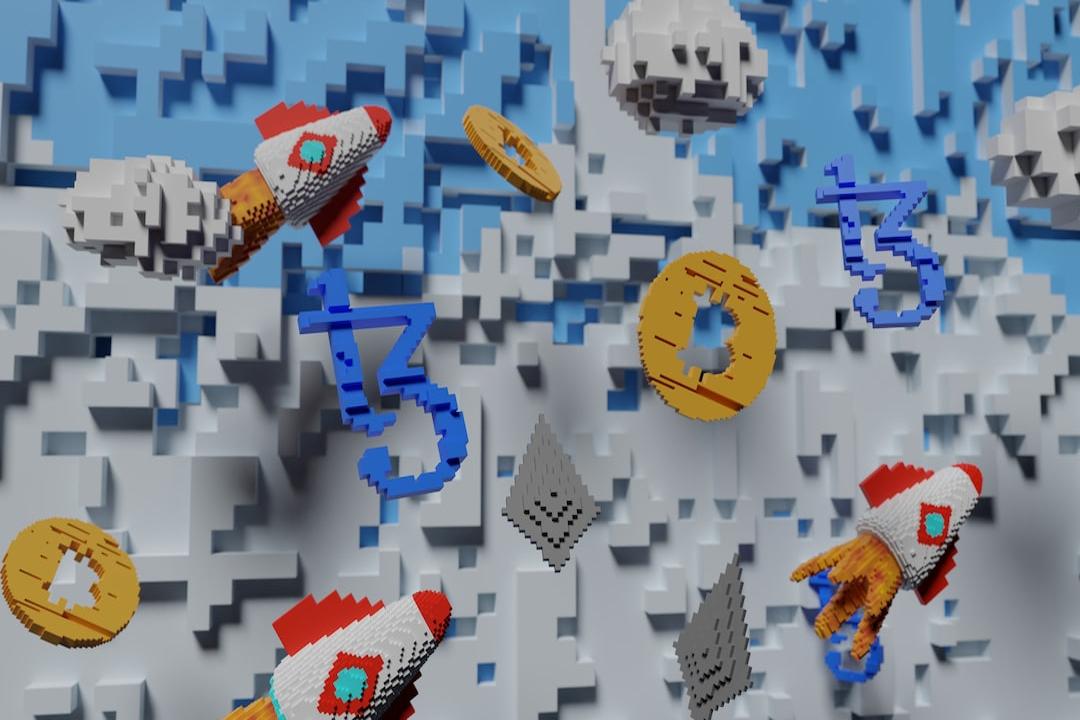Berachain Governance System Update
Berachain has launched a major update in their governance system, which now features a new board dubbed “Governance Guardians.” Through this update, Berachain released Batch 3 of the Reward Vault Request Form (RFRV), along with the inauguration of five board members who will be tasked with screening and ratifying future reward vault applications.
The board is filled by five figures with diverse backgrounds. There is Joon Kim who also serves at the Celestia Foundation, Matt from Asymmetric Research, and Janitoor, who is known as a long-standing figure in the Berachain community. These three names are independent from the Berachain core team. While the other two, Homme and Yogi, have direct ties to ecosystem development.
Interestingly, they were chosen not only because of their track records, but also because they are considered to understand the internal and external context that can influence important decisions. Just imagine if a big decision like this was only made by one party. It could be dangerous, right?
Berachain Opens the Door for Community Input
Furthermore, the reward vault application process is now also made more open. Protocol teams who want to apply can fill out a form and post on the Governance forum. Later, the Berachain ecosystem team operating under the names BeraLabs1 to BeraLabs5 will participate in filtering, commenting, and assessing whether the application is feasible or not. Even the general community is encouraged to join in, ask questions, or provide input.
Interestingly, before the final decision is taken by the Guardians, all feedback will be published first. After all the due diligence processes are complete, the Guardians will make a decision through a majority vote. If there is a conflict of interest, the relevant board members must withdraw from the voting process. And if the voting results are tied, then Joon will be the final decision maker. A system that—if you think about it—is fairer than the traditional, completely closed model.
On the other hand, CNF previously reported that the latest phase of the Reward Vault has been active since April 14. So for those of you who are waiting for updates on the new pool, now is the time to monitor the forum.
Ecosystem Activity Surges With New Tools and Integrations
However, it’s not just about governance that is making a fuss. On April 15, Origami Finance launched a new feature for automatic reinvestment in the Berachain ecosystem. Users can optimize the yield of their LP tokens, such as OHM-HONEY and WBERA-iBERA, without worrying about deposit or withdrawal fees. Just pay 1% of the yield, the system will reinvest every 10 minutes. It sounds quite practical, especially for users who want results but don’t want to be complicated.
On the other hand, the weekly transaction volume in the Berachain ecosystem was recorded to have increased by 105%, reaching $519 million. This happened amid the projection that the BERA token price could increase by 60% from its lowest point in March, even with a technical potential of up to 50% increase based on the “cup and handle” chart pattern that was formed.
If that wasn’t enough, Berachain’s integration with SwissBorg’s Meta Exchange also made this project even more noticed. With cross-chain swaps and deeper liquidity features, not only retail users but also institutions benefit.
Moreover, the community on Binance Square is also increasingly active. The #Berachain hashtag is filled with discussions, strategies, and project updates. Not only is it crowded, but it also makes people more connected to each other.
Meanwhile, as of press time, BERA is swapped hands at about $3.75, slightly up 0.57% over the last 24 hours.

